Helen Edwards was a particle physicist who led the design and construction of the Tevatron, a machine built to probe deeper into the atom than anyone had gone before.
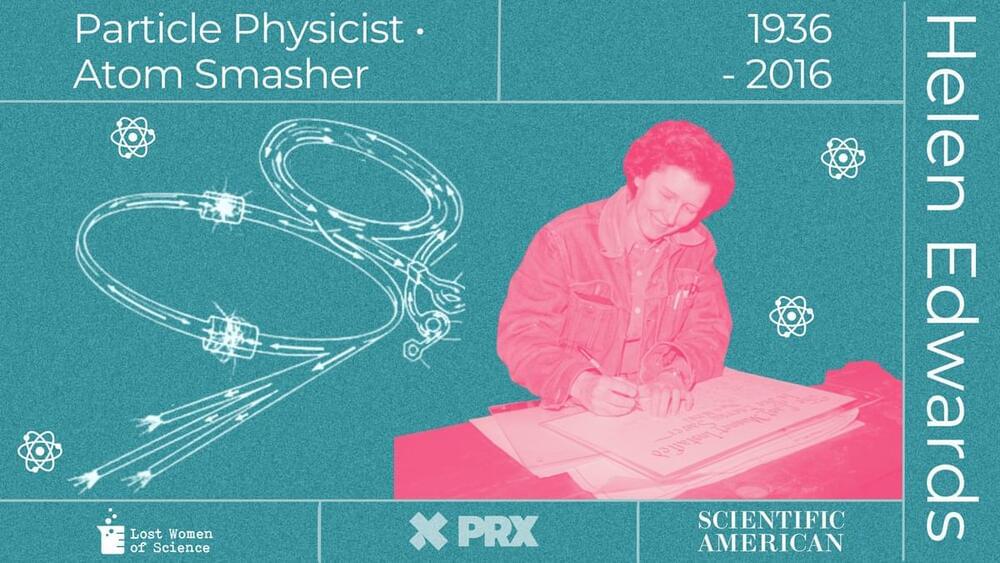

Data centers are facilities that house the computing hardware used to process and store data. While some businesses maintain their own data centers on site, many others rely on ones owned and operated by someone else.
As our digital world continues to grow, demand for data centers — and clean electricity to operate them — is also increasing. To find out how we’ll be able to keep up, let’s look at the history of data centers, the challenges facing them, and ideas for overcoming those issues — on land, at sea, and in space.
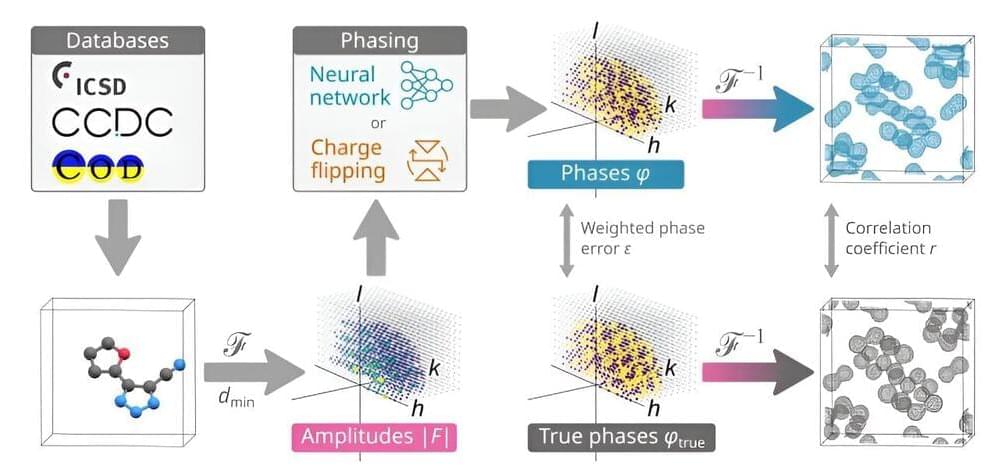
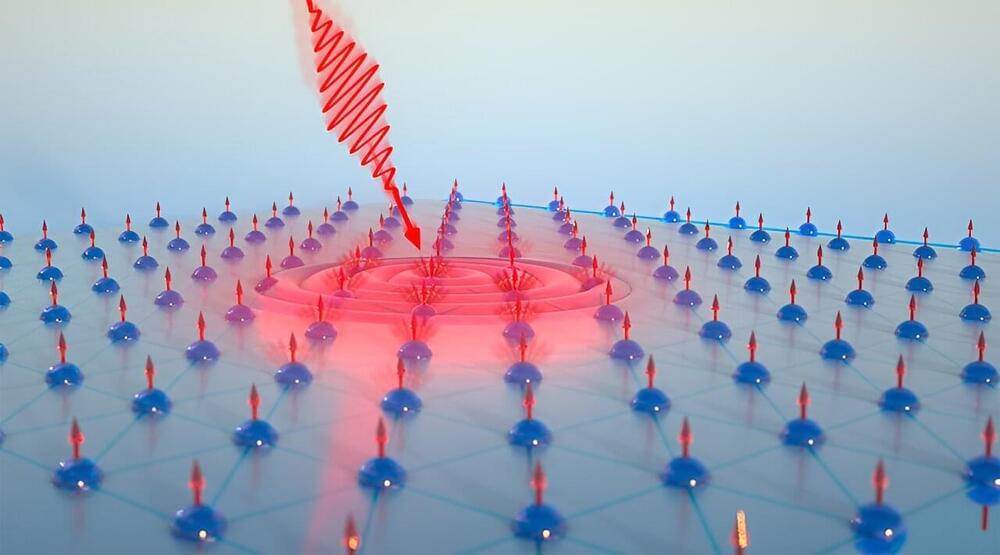
Researchers at the University of Chicago Pritzker School of Molecular Engineering (PME) have made unexpected progress toward developing a new optical memory that can quickly and energy-efficiently store and access computational data. While studying a complex material composed of manganese, bismuth and tellurium (MnBi2Te4), the researchers realized that the material’s magnetic properties changed quickly and easily in response to light. This means that a laser could be used to encode information within the magnetic states of MnBi2Te4.

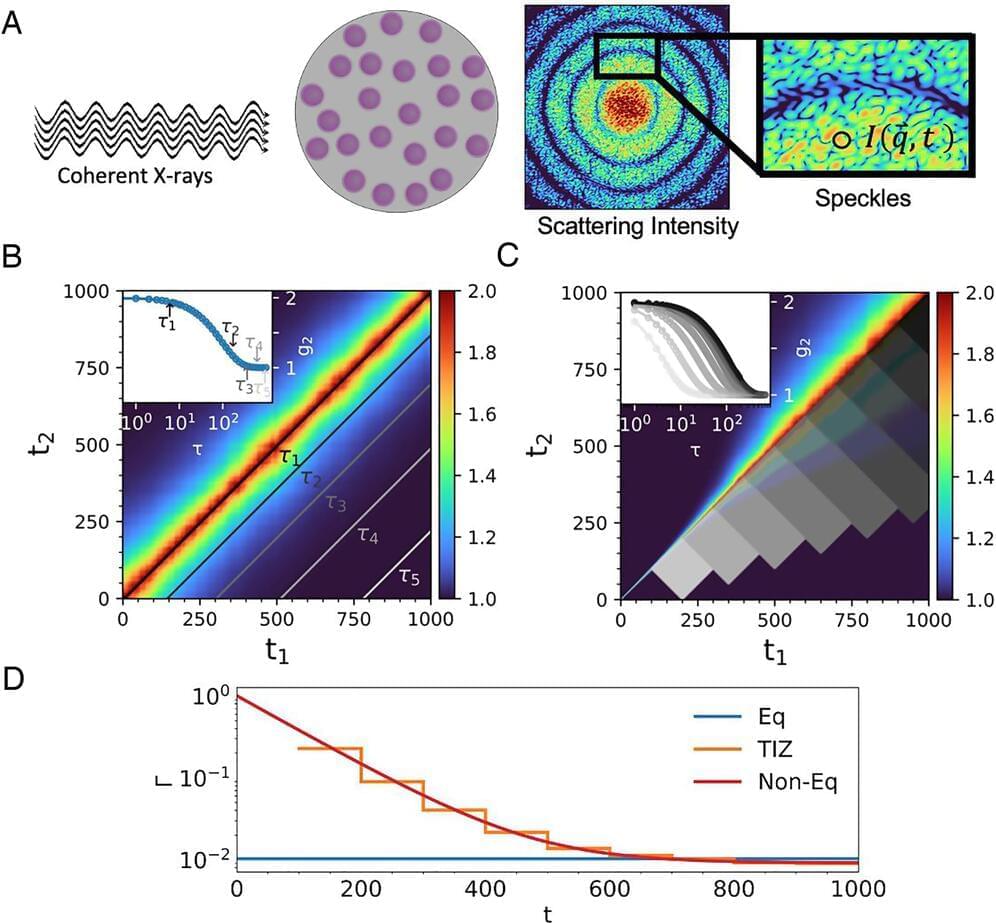
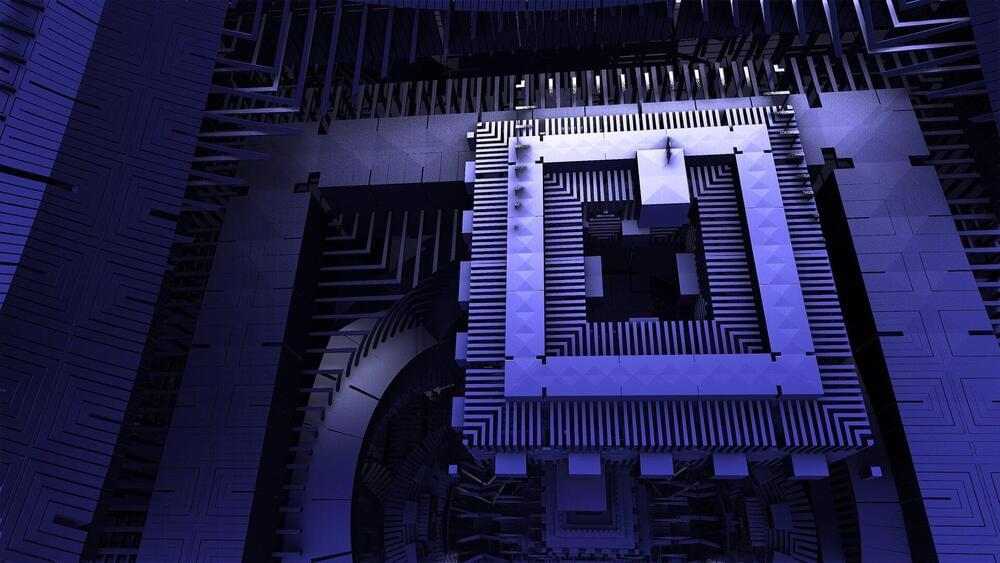
PEARC24 launched its first Workshop on Broadly Accessible Quantum Computing (QC) as the full conference began, July 22, in Providence, RI. Led by NCSA’s Bruno Abreu and QuEra’s Tomasso Macri, 30+ participants included quantum chemists, system administrators, software developers, research computing facilitators, students and others looking to better understand the current status and the prospects of QC and its applications.

Some experts believe that the future of fusion in the U.S. may be found in compact, spherical fusion vessels. A smaller tokamak is seen as a potentially more economical solution for fusion energy. The challenge lies in fitting all necessary components into a limited space. Recent research indicates that removing one key component used to heat the plasma could create the additional space required.
Scientists at the U.S. Department of Energy’s (DOE) Princeton Plasma Physics Laboratory (PPPL), the private company Tokamak Energy, and Kyushu University in Japan have proposed a design for a compact, spherical fusion pilot plant that heats the plasma using only microwaves. Typically, spherical tokamaks also use a massive coil of copper wire called a solenoid, located near the center of the vessel, to heat the plasma. Neutral beam injection, which involves applying beams of uncharged particles to the plasma, is often used as well. But much like a tiny kitchen is easier to design if it has fewer appliances, it would be simpler and more economical to make a compact tokamak if it has fewer heating systems.
The new approach eliminates ohmic heating, which is the same heating that happens in a toaster and is standard in tokamaks. “A compact, spherical tokamak plasma looks like a cored apple with a relatively small core, so one does not have the space for an ohmic heating coil,” said Masayuki Ono, a principal research physicist at PPPL and lead author of the paper detailing the new research. “If we don’t have to include an ohmic heating coil, we can probably design a machine that is easier and cheaper to build.”
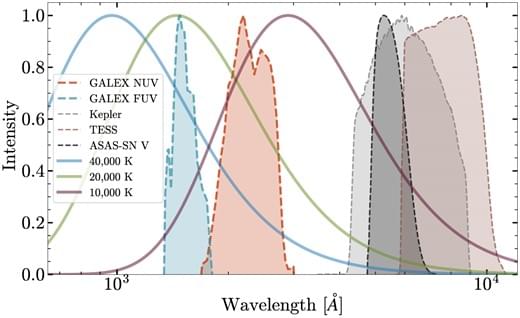
We identify 182 flares on 158 stars within 100 pc of the Sun in both the near-ultraviolet (NUV; |$1750\!-\!2750$| Å) and far-ultraviolet (FUV; |$1350\!-\!1750$| Å) using high-cadence light curves from the Galaxy Evolution Explorer. Ultraviolet (UV) emission from stellar flares plays a crucial role in determining the habitability of exoplanetary systems. However, whether such UV emission promotes or threatens such life depends strongly on the energetics of these flares. Most studies assessing the effect of flares on planetary habitability assume a 9,000 K blackbody spectral energy distribution that produces more NUV flux than FUV flux (|mathcal R \equiv F_rm FUV / F_rm NUV \approx \frac16$|). Instead, we observe the opposite with the excess FUV reaching |mathcal R \approx \frac12\!-\!2$|, roughly |$3\!-\!12$| times the expectation of a 9,000 K blackbody. The ratio of FUV to NUV time-integrated flare energies is 3.0 times higher on average than would be predicted by a constant 9,000 K blackbody during the flare. Finally, we find that the FUV/NUV ratio at peak tentatively correlates (|sim 2 \sigma$| significance) both with total UV flare energy and with the G − RP colour of the host star. On average, we observe higher FUV/NUV ratios at peak in |$E_text{UV}\gt 1032$| erg flares and in flares on fully convective stars.
